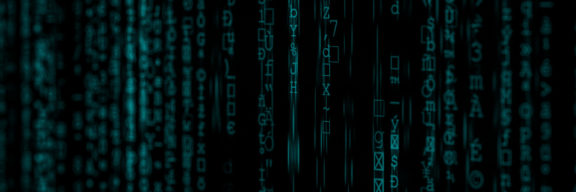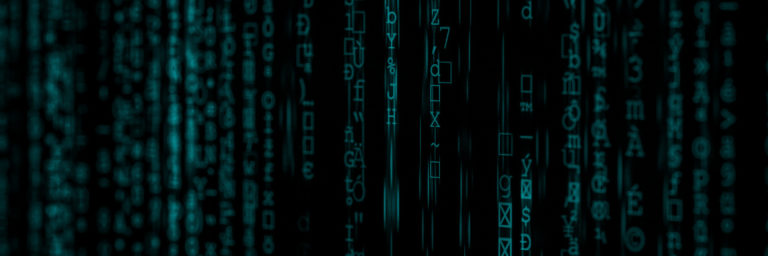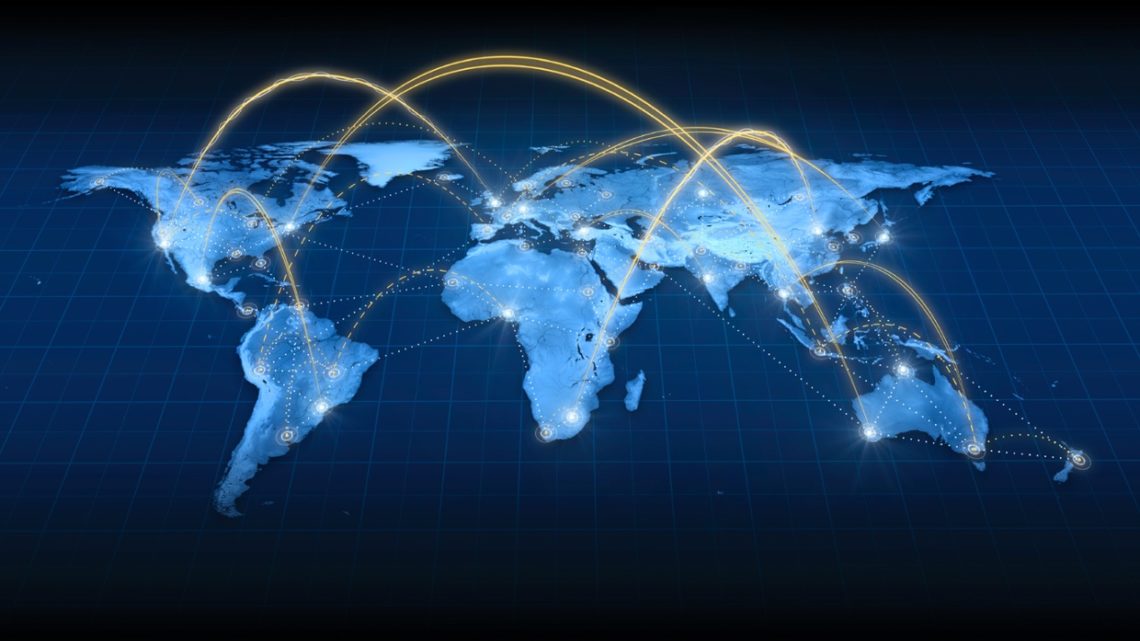Land, Sea, Sky, Space: these are the “classical” warfare theory domains. But at the turning point of the 1990s, a “fifth element” was officially enunciated: the cyber domain.
In these decades, information and media became more and more decisive in drawing the blurred line between victory and defeat in the multipolar world we live in: the world of the so-called “information warfare”.
There is not a day that some world leader doesn’t spot the centrality of the infosphere in contemporary world strategy. For instance, at the G7 summit in France, on the 26th of August, 2019, for example, Australian Prime Minister Scott Morrison stated that «the Internet, digital platforms, this incredible new technology which changes the lives of people all around the world, is great for our economy – this is all tremendous. But at the same time, in the hands of terrorists and in the hands of those who would seek to do others harm, it can be quite a weapon». On the sidelines of the event, Emmanuel Macron and Narendra Modi released a bilateral statement, declaring that France and India intend to secure cyberspace. The G7 in Biarritz was also expected to discuss the opportunities and the risks connected to emerging infrastructures, like 5G and the high weaponization power.
While all that is happening at the world stage, the US is preparing for the 2020 presidential election. Cyberwarfare may be a relatively new domain, but there is much history to learn. Special attention must be paid to the recent history, from the disinformation campaigns in Europe to the circulation of “fake news” that led to the Brexit vote in 2016 or the triumph of “sovereignism” in many EU countries, like Italy, as well as the widely recognized hackings and manipulations of the 2016 US presidential campaign, that brought “information warfare” to an unprecedented level.
Cyberspace has become much more than just an infrastructure that enables the flow and the distortion of information, or weapons, and early-warning systems: it is now a full domain where power is projected, strategic goals can be achieved without the use of force, and wars are already being fought. The advent of this so-called “cyber age” is even more evident than before as reliance on technology becomes crucial in military operations while the Information and Communications Technologies (ICT) networks remain un-secure and vulnerable to hacking or malfunction.
Now that propaganda and communication campaigns are being used as the tools to pursue internal and foreign policy goals, a new approach is needed to combat emerging threats. New forms of cyberattacks, combined with social media strategies, present a multitude of threats that governments alone can not handle. They require a public-private collaboration along with critical thinking from the citizens of the world to identify such threats in real-time and act accordingly.





